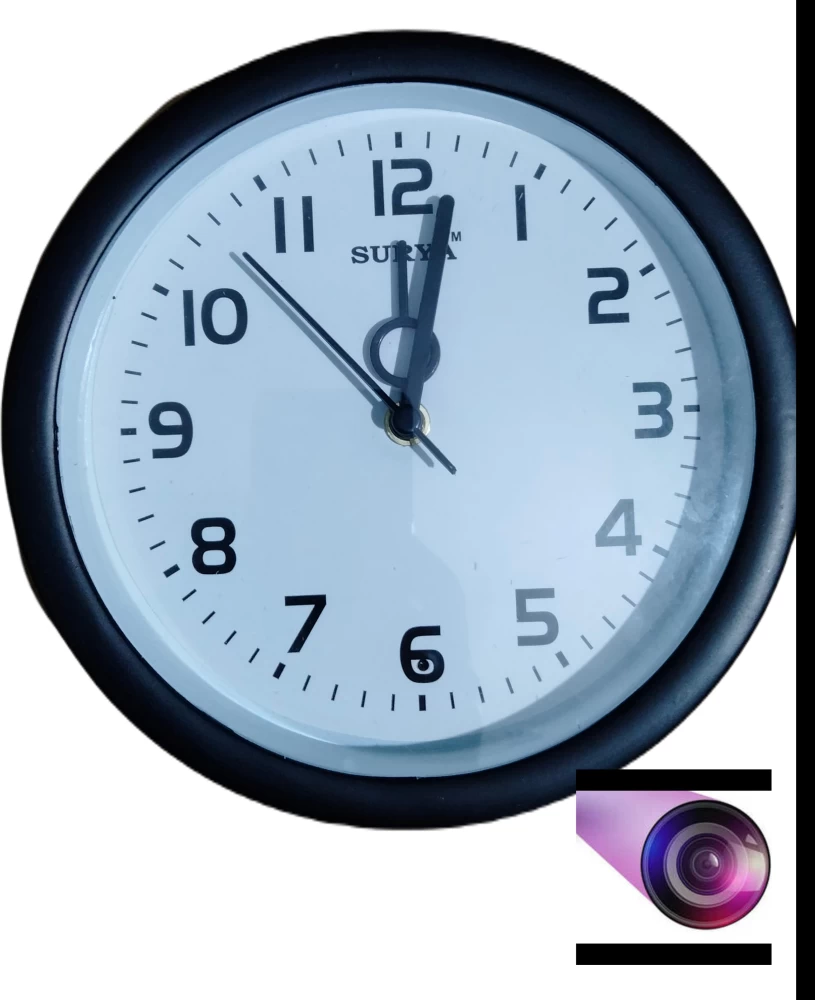Stealth surveillance cameras come in all shapes and sizes, with some far more discreet than others. From cameras disguised as everyday household items to air vent models, these devices can make the feeling of being watched hard to escape—especially in private spaces like bathrooms or strange hotel rooms.
In this article, we’ll explore eight types of hidden cameras, their advantages, and which ones are the most difficult to detect.
Eight Types of Hidden Spy Cameras
Hidden spy cameras are designed to blend seamlessly into their surroundings. Here are eight of the most common types, including those that connect to phones for remote monitoring.
1. Custom-Made Cameras
Custom-made spy cameras are arguably the most convincing. For instance, the world’s smallest camera, developed by Austrian company AMS, is smaller than a pinhead.
The advantage of custom-built cameras lies in their realism—they can be crafted from actual objects. However, they tend to be expensive unless you’re skilled in DIY projects. The possibilities for disguise are virtually limitless, limited only by creativity and resources.
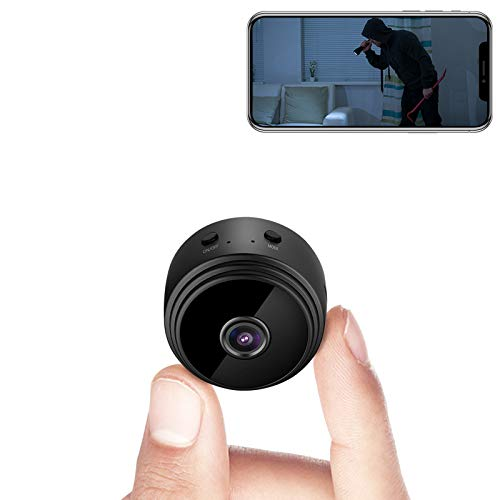
2. Mini Cameras
Mini cameras are less stealthy than true spy cameras, as their placement can render them more conspicuous. Nevertheless, they are a more ethical option for those who desire realistic, unobtrusive surveillance—whether to monitor the exterior of their home, within their car, or some other area.
For instance, Sir Gawain's mini spy camera is small, discreet, and has features such as night vision, motion detection, and continuous recording during charging. It is small enough to be hidden between your thumb and forefinger and can run for up to 60 minutes on a single charge.
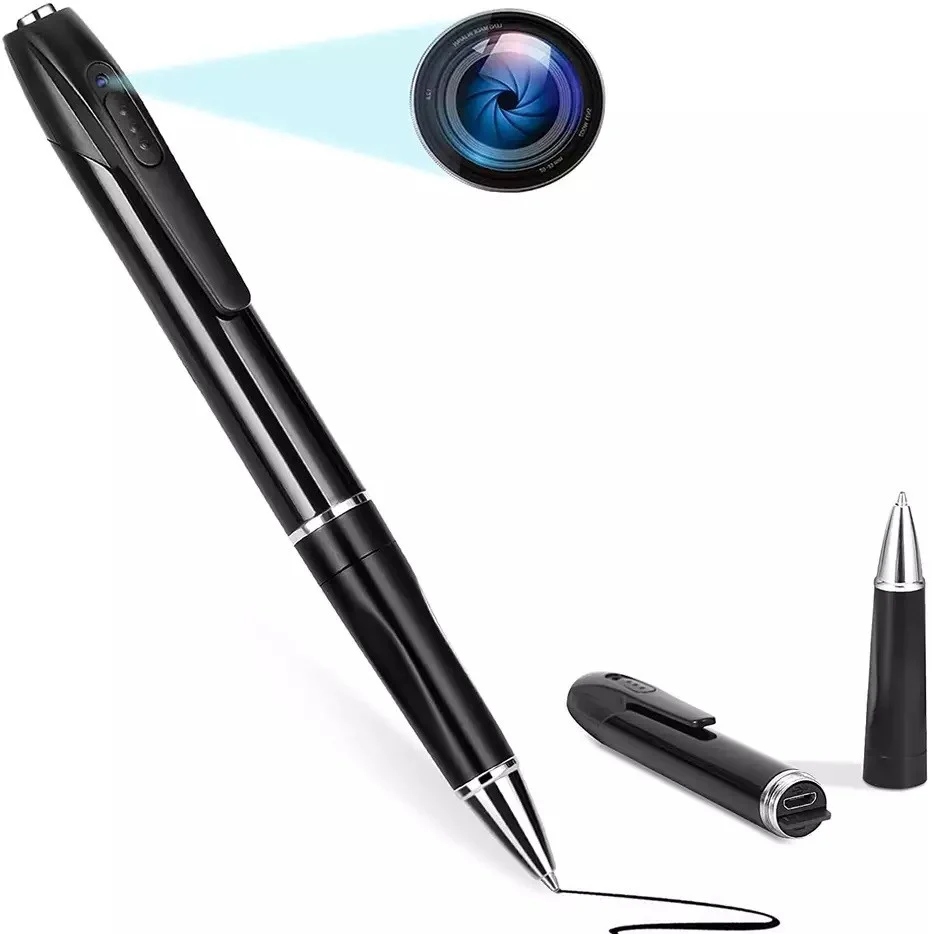
3. USB Drive Cameras
The USB camera drive is a contemporary classic. The devices are among the most common and affordable covert cameras available online. Their ability allows them to draw power from USB ports directly, which gives them a reliable source of power.
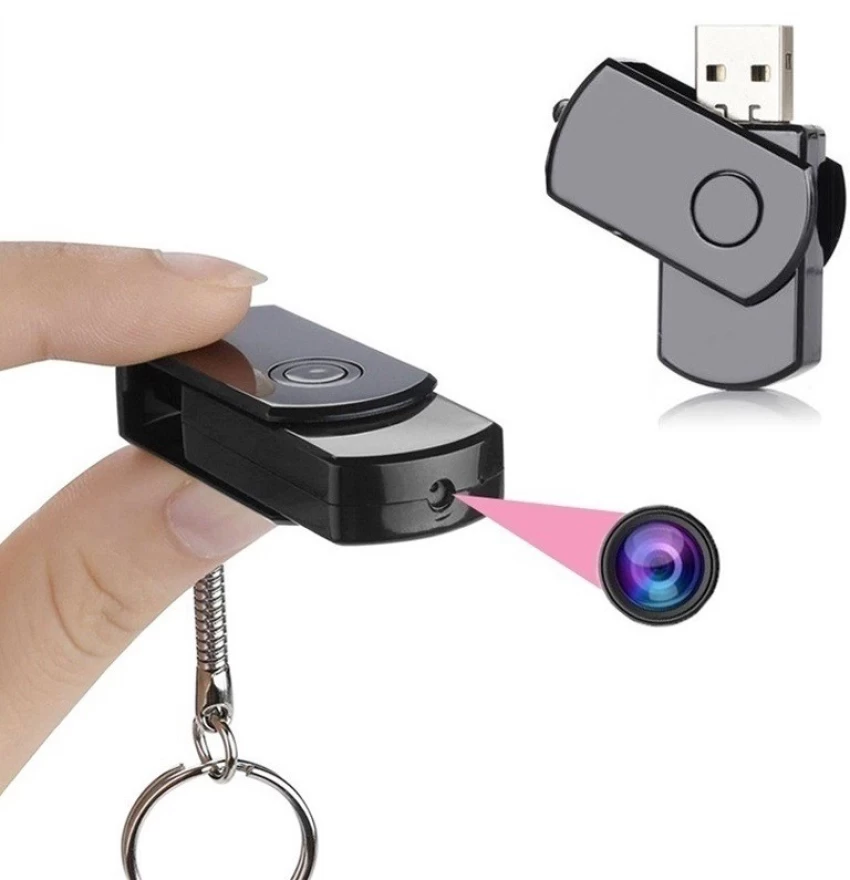
4. Pen Cameras
If the camera USB drive is the new classic, then the pen camera is the ancestor. Made famous by spy movies, the pen cameras are now widely available on online sites like Amazon. But most pen cameras are more novelty than not and meant to be novelties and not functional surveillance tools.

5. Charger Cameras
Charger cameras are gaining popularity for their ability to charge a hidden camera without compromising its camouflage. Their nature allows them to blend seamlessly into any environment.
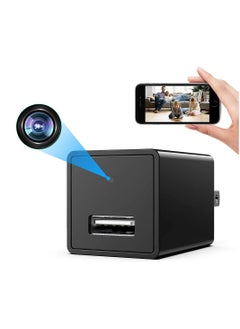
6. Clock Cameras
Clock cameras are a success or failure as far as camouflage goes. For home use, they can be an ideal choice—especially if the camera lens is tastefully integrated into a black digital clock face. But poorly designed clock cameras can render the lens obtrusive, ruining the disguise.

7. Photo Frame Cameras
Photo frames offer another surreptitious method of installing hidden cameras. Lenses measuring as little as a quarter of a centimeter can be concealed behind the glass or within the frame. Traditional photo frames are more likely to appear natural than digital since a fake photo in the frame is an immediate giveaway.

8. Smoke Alarm/Air Vent Cameras
Smoke detectors and vents are popular hiding spots for cameras, both legal and illegal, for years now. These spots are not often noticed and make wonderful observation points to observe.
They are well-suited to install them high up on ceilings and hardwire them for an always-on power supply. Anyone who has watched a thriller movie probably notices the stereotypical bug in the smoke detector in the hotel room.
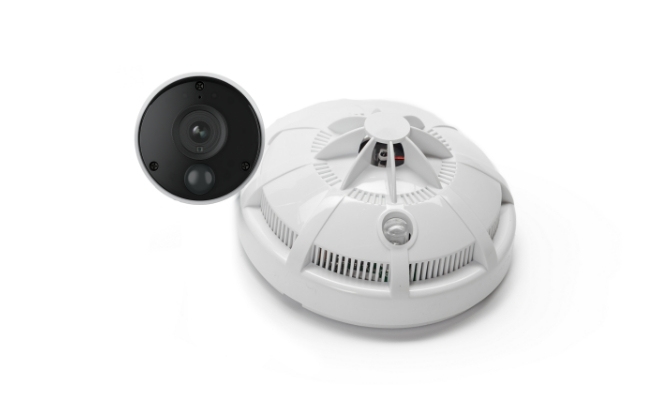
5 Types of Easily Detected Hidden Cameras
All hidden cameras are not created equal. Some are a lot more obvious than others. Here are five types that are easy to detect:
1. Plushies
Hiding a camera inside a teddy bear seems to be some kind of high-tech ingenuity but is very in-your-face blatant. The stuffed animal can be sat or handled upon, and the camera could easily be tampered with or discovered. Add to that using Velcro to secure it instead of a stitch, so it's even more suspicious.

2. Plants
Although plants could be a seemingly natural place to hide, cameras hidden among leaves are usually easily found. Watering the plant without destroying the camera is yet another impracticality.
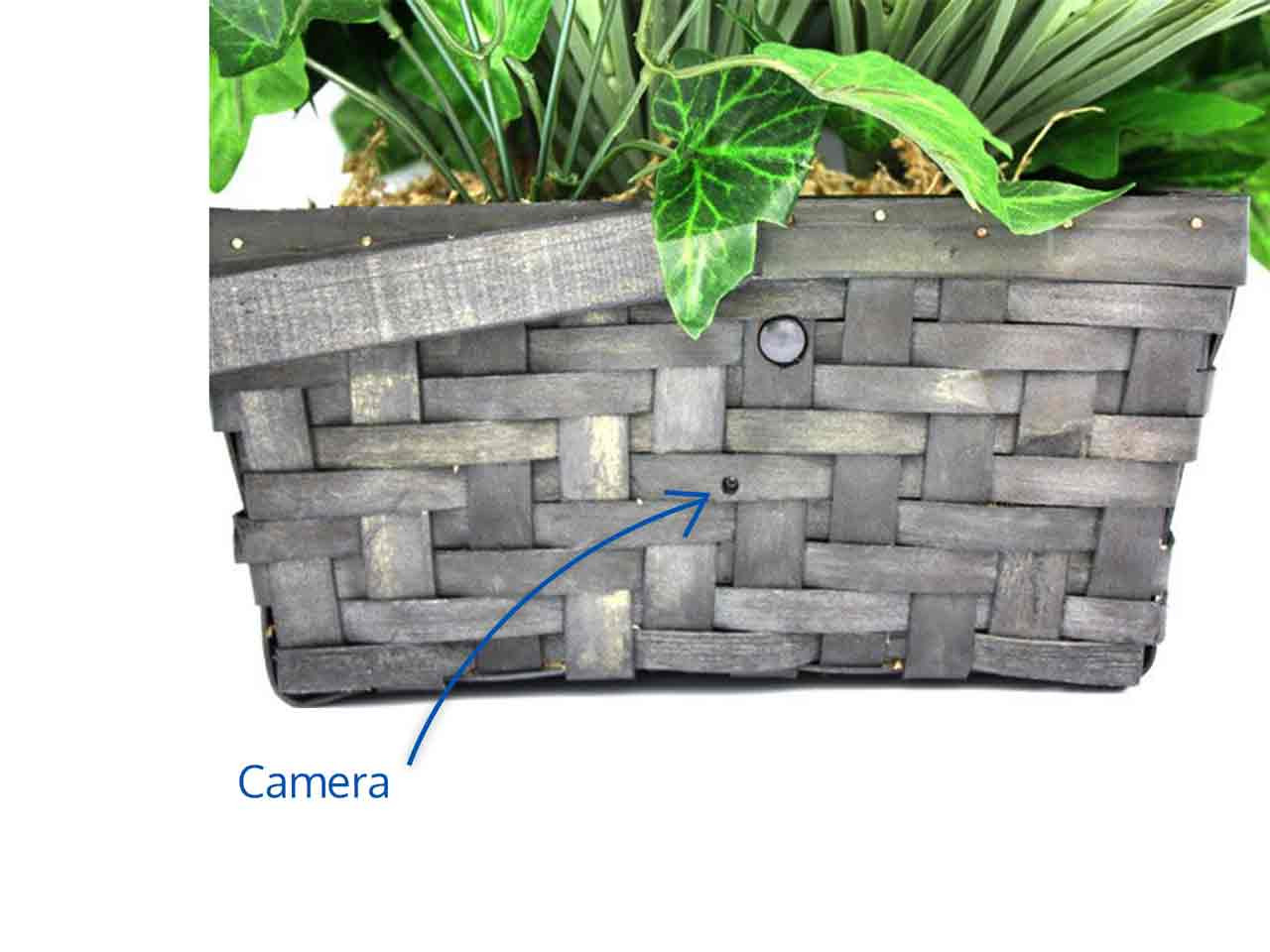
3. Mirrors
Mirrors are the go-to location for hiding cameras in movies, but they’re quite easy to detect. When there is little light, the camera lens will reflect off the mirror, especially if a light is shone at it from a specific angle. In addition, powering the camera typically entails unnatural placement, so it becomes more noticeable.
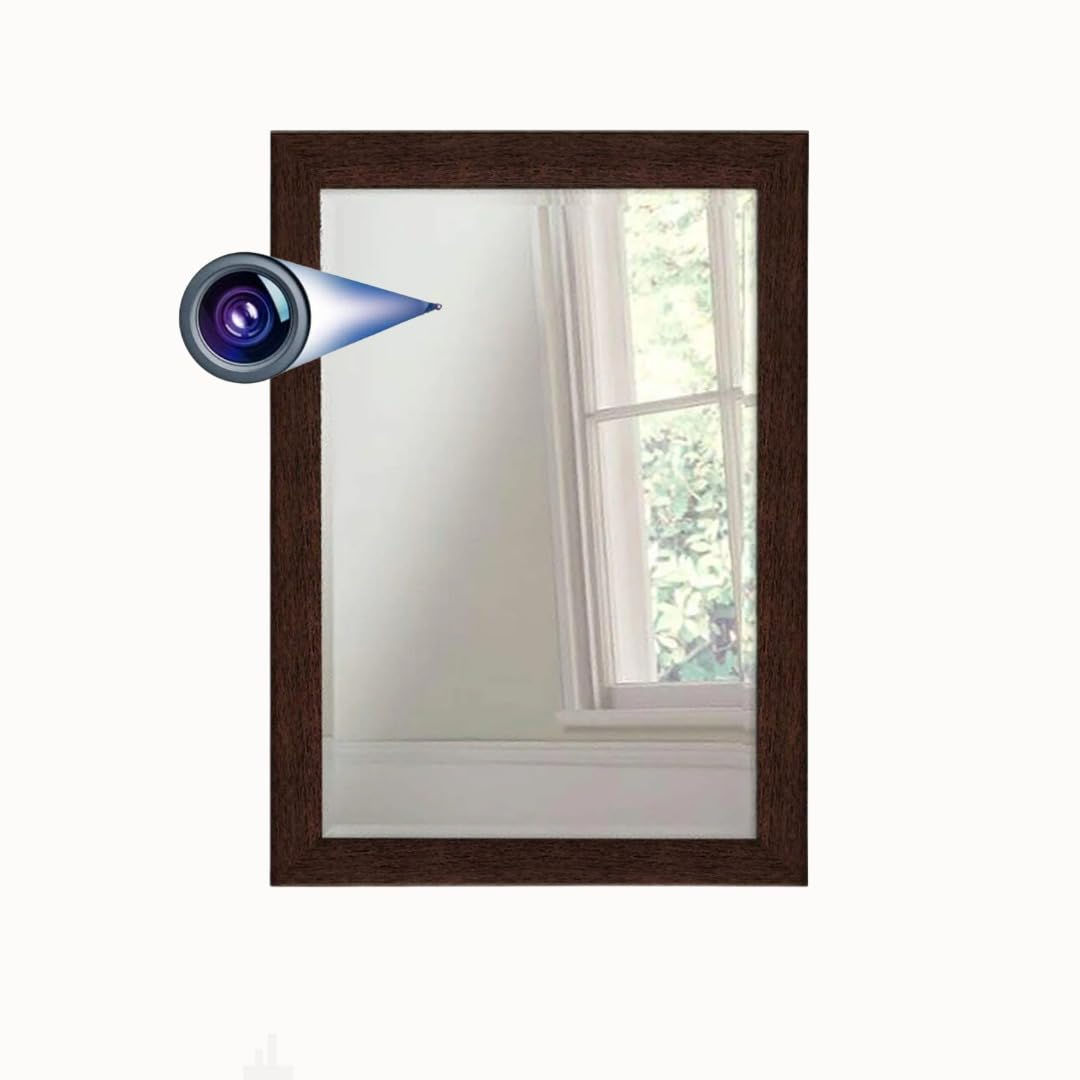
4. Clusters of Objects
Placing a camera within a random assortment of items will work if it is done discreetly. But poor execution—such as incompatible objects or awkward placement—will cause the installation to be noticeable and draw unwanted attention.

Where to Hide Cameras and Where to Avoid
We strongly oppose the abuse of secret surveillance. Concealing cameras in residential facilities like hotels, hostels, or rental homes without the awareness and permission of the targeted individuals is illegal. Always obtain permission prior to using surveillance.
In private rooms such as bathrooms and bedrooms, an expectation of privacy exists, making secret cameras illegal and unethical. But in areas that are communal or public—a home's front porch or a shared-office setting—there isn't an expectation of privacy, so it's more appropriate that these places could be subject to surveillance.
Should you suspect surveillance, it's important to warn the authorities.
By understanding types of hidden cameras and where they tend to hide, you are well-equipped to protect your privacy and make informed choices around surveillance. Be cautious and always be sure to observe ethical and legal protocols.
